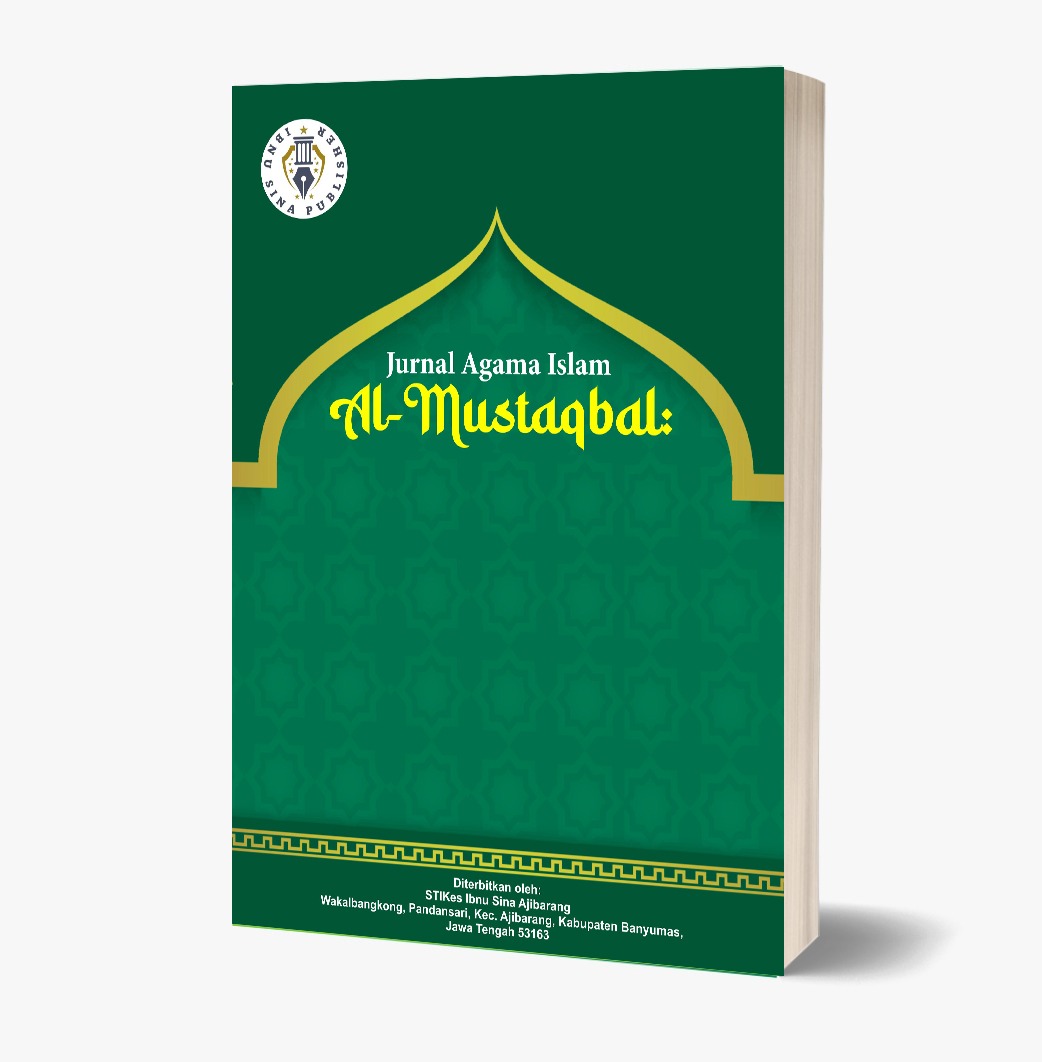Komunikasi Dakwah Nabi Muhammad SAW dalam Peristiwa Ikrar Aqabah: Analisis dengan Teori Penetrasi Sosial
DOI:
https://doi.org/10.59841/al-mustaqbal.v1i4.248Keywords:
Aqabah Pledge, Da’wah Communication, Prophet Muhammad, Social Penetration, SolidarityAbstract
The Prophet Muhammad’s da’wah was not limited to religious preaching but also included a diplomatic dimension through the use of effective communication strategies. One of the pivotal moments was the Aqabah Pledge, where the Prophet reached an agreement with the Aus and Khazraj tribes of Medina. This study aims to analyze the communication of the Prophet’s da’wah during this event through the perspective of Social Penetration Theory. The research employs a qualitative method with a historical literature study approach, drawing on both primary and secondary sources to examine the stages of social penetration: orientation alignment, affective exploration exchange, affective commitment exchange, and stable exchange. The findings reveal that the Prophet’s communication effectively fostered a profound bond of trust, leading the Medinan tribes to pledge full protection and commitment to the struggle of Islamic da’wah. The exploration of communication between both parties gradually developed into mutual openness, with each side recognizing the strengths and weaknesses of the other. This process fostered deeper understanding and progressed to affective exchange, where trust, care, and commitment became mutual values. The sincerity of this bond was demonstrated by the Ansar companions, who welcomed the Muhajirin by providing shelter, food, clothing, and even offering marriage opportunities. Ultimately, this culminated in the second Aqabah Pledge, which reflected the seriousness of the Aus and Khazraj in supporting the Prophet’s mission. The study underscores the significance of interpersonal communication based on openness, trust, and commitment as a foundation for building social solidarity and as a model for cross-cultural da’wah communication in broader social contexts
References
DeVito, J. A., O'Rourke, S., & O'Neill, L. (2000). Human communication. New York: Longman
Dinda, K. (2003). Definitions and perspektives on relationalü maintenance communication
Fathoni, M., & Wahyuni, S. D. (2019). Penetrasi Sosial Hubungan Antar Budaya Warga Rumah Susun (Study Komunikasi Interpersonal di Mandalika, Kota Mataram). KOMUNIKE: Jurnal Komunikasi Penyiaran Islam, 11(2), 57-71.
Fikri, F. (2024). Analisis Keberhasilan Dakwah Antara Masa Rasulullah Saw Dan Khulafau Rasyidin. Journal of Applied Transintegration Paradigm, 4(2), 70-90.
Griffin, E. M. (2006). A first look at communication theory. McGraw-hill.
Haikal., M. H. (2002). Sejarah Hidup Muhammad. Litera Inter Nusa, Jakarta.
Islam, S. (2020). Ikrar Aqobah Analisis Teori Komunikasi Penetrasi Sosial Terhadap Perjanjian Nabi Muhammad Dengan Suku Aus Dan Khazraj Dalam Prespektif Teori Komunikasi Penetrasi Sosial. HUMANISTIKA: Jurnal Keislaman, 6(1), 67-83.
Johson, A.J.,Wittenberg, E., Haigh, M., Wigley, S., Becker, J., Brown,ü K., & Craig, E. (2004). The process relationship developmentb and deterioritation: Turning points in friendships that have terminated.
Khaidir, M., & Pustaka, D. (2025). Berkat waktu: Trilogi Dakwah, Pemikiran, dan Perubahan. Detak Pustaka.
Kusumadinata, A. A., & Hardiyanti, P. (2023). Kepribadian Ekstrovert Dan Introvert Dalam Hubungan Persahabatan Melalui Pendekatan Komunikasi. HUMANUS: Jurnal Sosiohumaniora Nusantara, 1(1), 28-35.
Littlejohn, S. W., & Foss, K. A. (2010). Theories of human communication. Waveland press
Nurasykim, M. F. M. R. (2019). Strategi Rasulullah dalam Pengembangan Dakwah pada Periode Mekkah (Doctoral dissertation, UIN Ar-Raniry Banda Aceh).
Oktarina, Y., & Abdullah, Y. (2017). Komunikasi dalam perspektif teori dan praktik. Deepublish.abd
Rembulan, C. L. (2024). Pertukaran Sosial Teori, Aplikasi dan Evaluasi dalam berbagai Konteks. Penerbit Universitas Ciputra.
Saefullah, A. S. (2024). Ragam penelitian kualitatif berbasis kepustakaan pada studi agama dan keberagamaan dalam islam. Al-Tarbiyah: Jurnal Ilmu Pendidikan Islam, 2(4), 195-211.
Sayfulloh, U. H., Afrizal, A., & Sawaludin, S. (2024). Kepemimpinan Nabi Muhammad SAW sebagai Kepala Negara: Fondasi Kepemimpinan dan Pemerintahan Islami. CONSTITUO: Journal of State and Political Law Research, 3(2), 79-97.
Suud., H. (1997). Dasar-dasar Komunikasi, Rosdakarya. Bandung.
Tohir, S. R. (2025). Kepemimpinan Dakwah Rasulullah SAW (Dalam Perspektif Manajemen). Jurnal Da'wah: Risalah Merintis, Da'wah Melanjutkan, 8(1), 75-85.

















